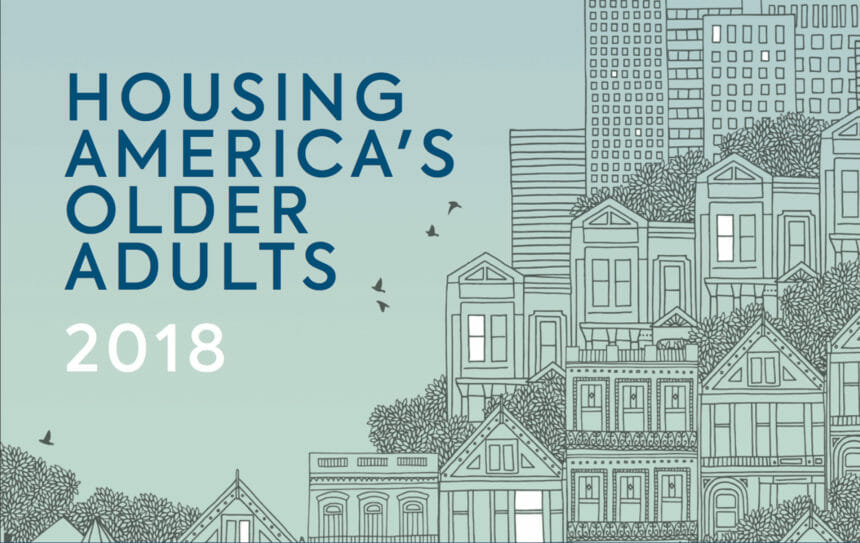
A report issued Wednesday about housing for older adults in the United States is a “call to action” for policymakers and senior housing and services providers, LeadingAge Vice President of Housing Policy Linda Couch told McKnight’s Senior Living.
“We are moving fairly quickly in a direction that we as a country probably don’t want to go,” she said. “We can use this moment in time to change course as so many people age into aging.”
Baby boomers, the oldest of whom will turn 80 in eight years, increasingly will need more accessible and supportive housing than currently is available, according to “Housing America’s Older Adults 2018” from the Joint Center for Housing Studies of Harvard University.
“As the number of households in their 80s grows, it will be essential that we strengthen the links between housing, healthcare and other services,” said Jennifer Molinsky, lead author of the report.
The report noted a wealth gap between owners and renters of housing — and seniors increasingly fall in the latter group.
“As more and more older adults become renters, they don’t have the same wealth that they would have had as owners, and that really impacts their ability to afford housing,” Couch said.
Of the 65 million older adult households, 9.7 million of them are paying more than 30% of their income for housing, according to the report. “That’s 15%” of older adult households, Couch said. “That’s an astounding number, to say we have 15% of older adult households who, by our own definition, can’t afford the house they’re in.”
Within that group, she added, 7.6% are spending more than half of their incomes on housing.
“The poorest are spending 53% less on food and 70% less on healthcare expenses than their non-housing cost burdened peers,” Couch said. “So it’s not just that people are having trouble affording housing. That lack of housing affordability impacts negatively their ability to feed themselves healthy food and to buy their medicines.”
State-level data in the report’s appendices indicate that housing-related challenges exist for older adults across the country, she said.
“Older-than-80 renters in California — 65% of those households are spending more than half of their incomes for housing, for rent. Sixty-five percent,” Couch said. “And when you go down the list, those numbers are all in the high 30s 40s 50s and 60s. It’s not like California is some massive aberration. This is a state and local problem, but because these affordability challenges exist in every state and in every community, this is a national issue that really begs for increased federal investment.”
Homelessness among older adults also is an increasing issue, according to the report, and LeadingAge members back up the data anecdotally, Couch said.
“[Department of Housing and Urban Development] data are showing that homelessness is increasing, and our members are telling us that they have more currently homeless people applying for housing only to be put on a waiting list because the supply is so short,” she said.
The message that the report sends, Couch said, is that “[w]e need to be really clear with policymakers that this is a solvable issue. We know how to build housing. We know how to provide housing assistance. We certainly know how to provide the services and supports the people need to age in place, age in choice, but the resources have to match the issue at hand.”



